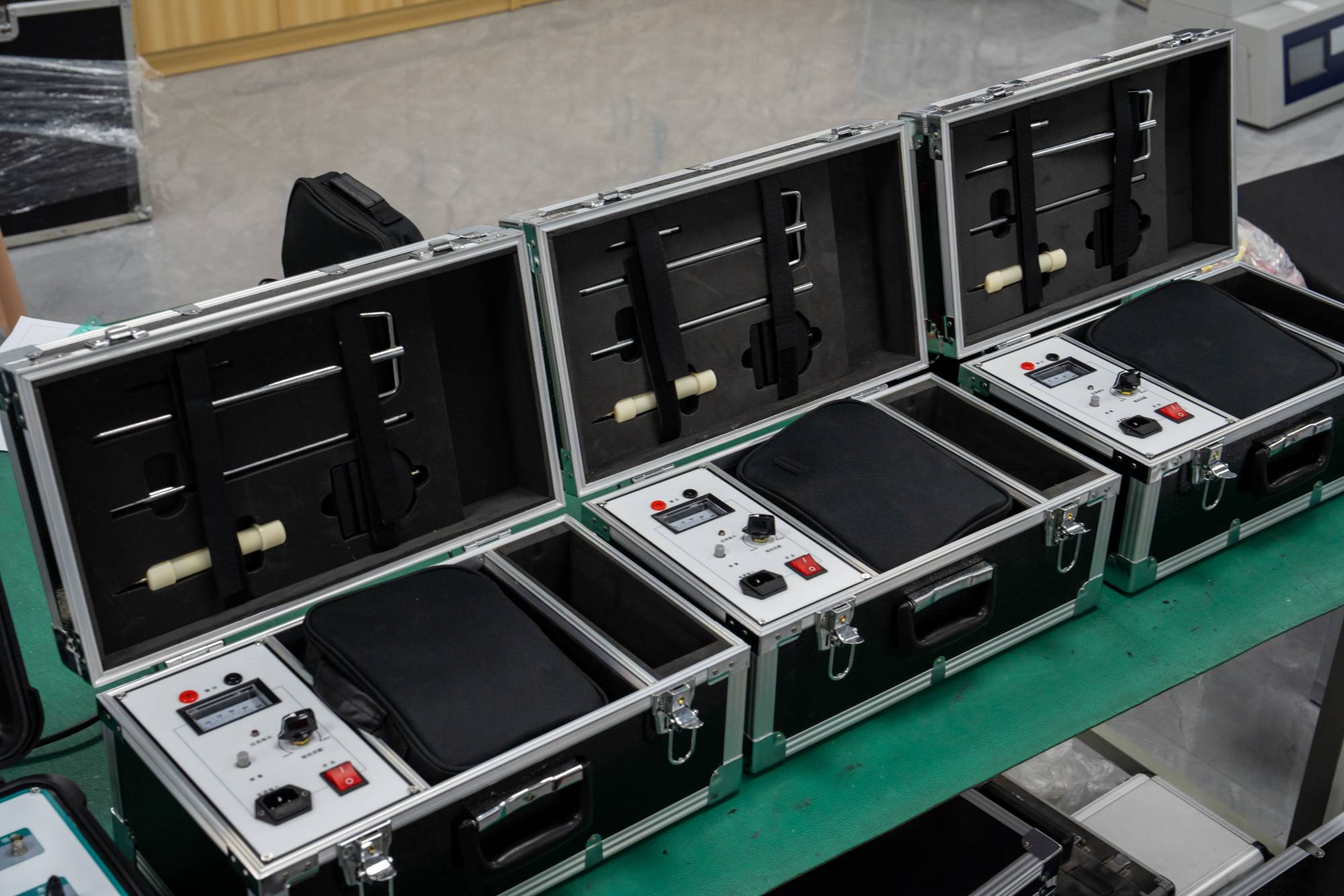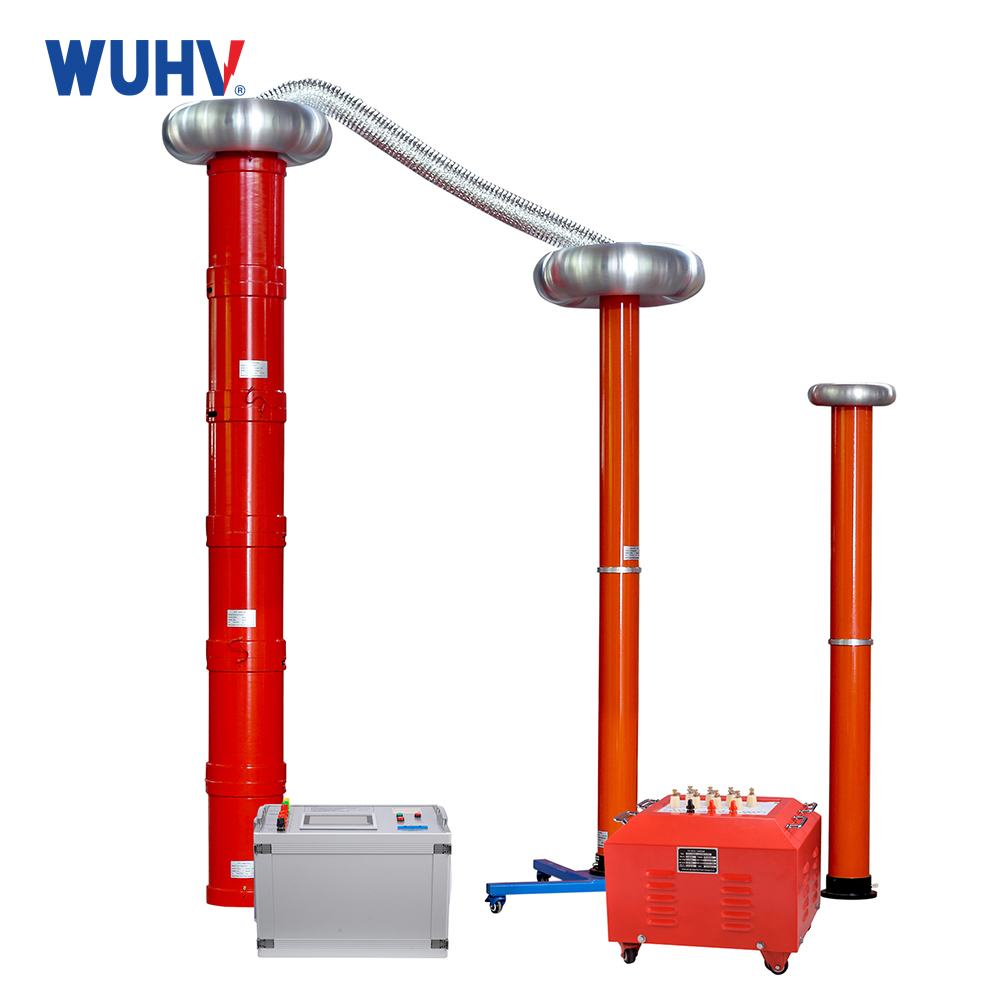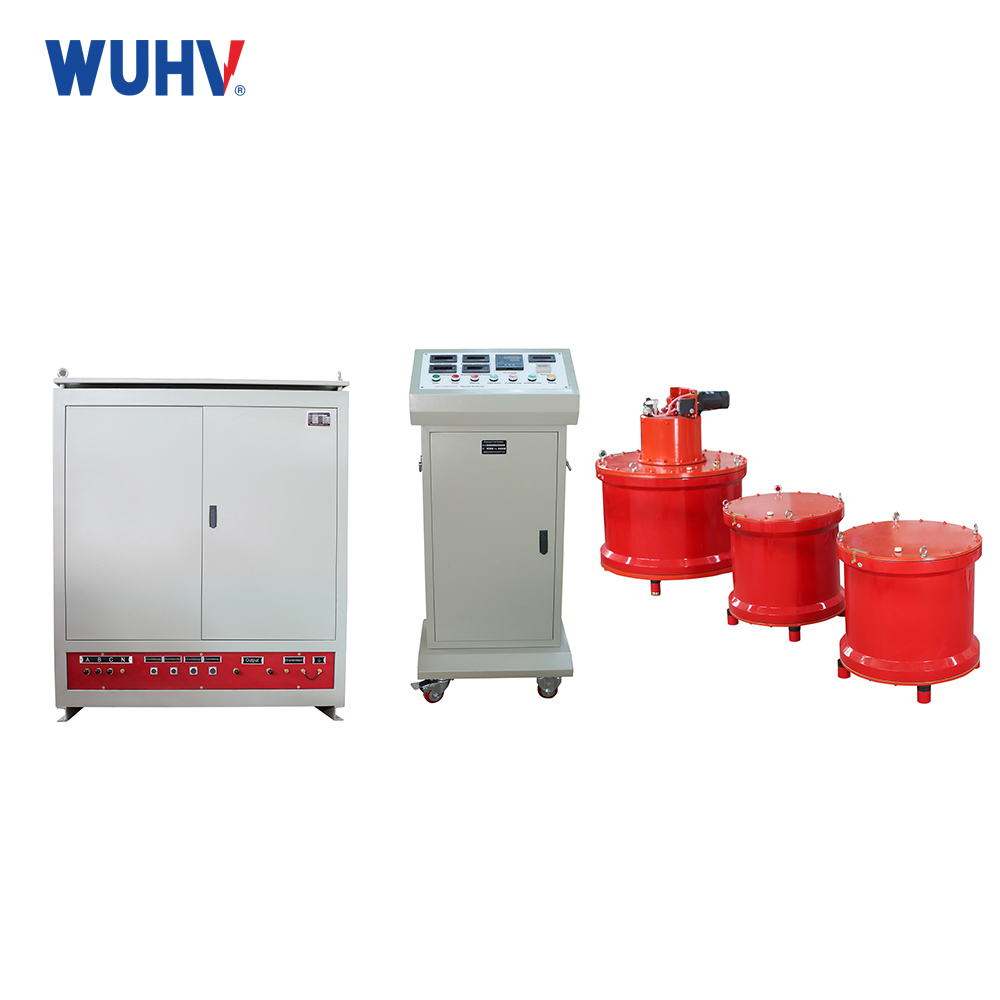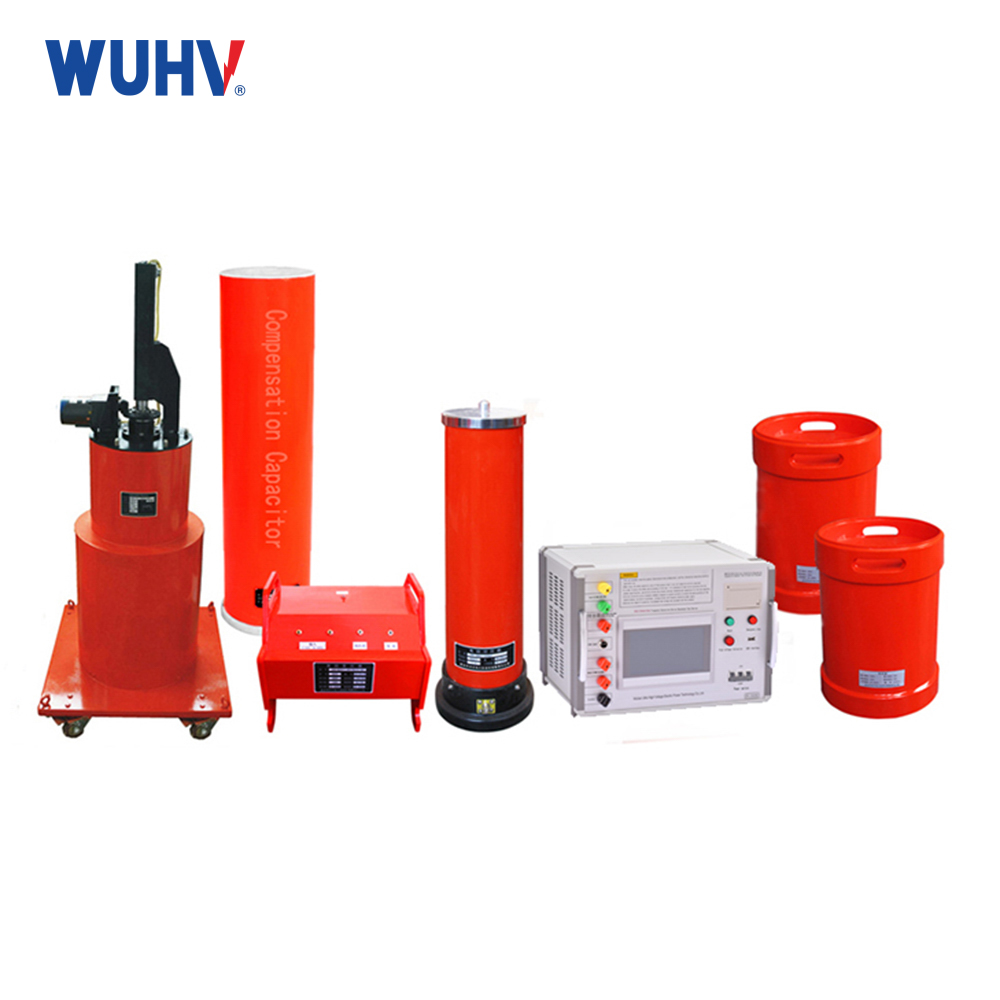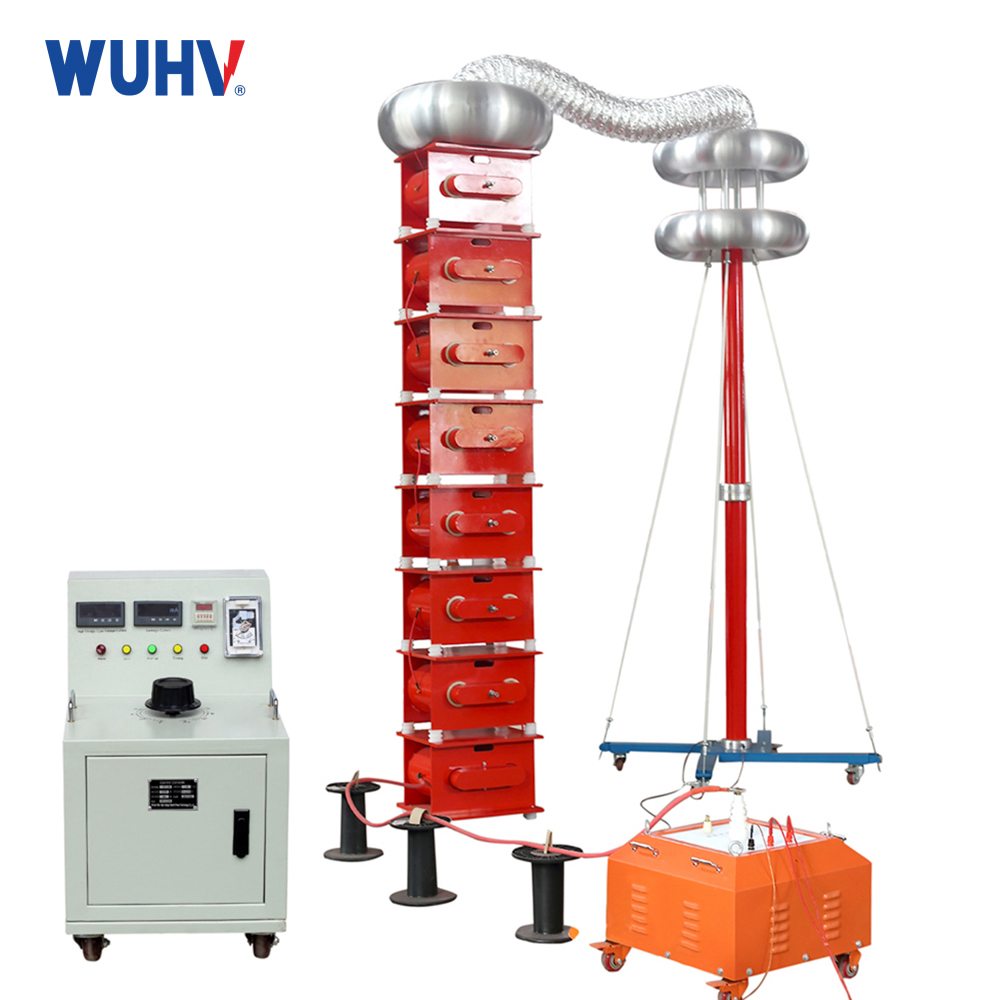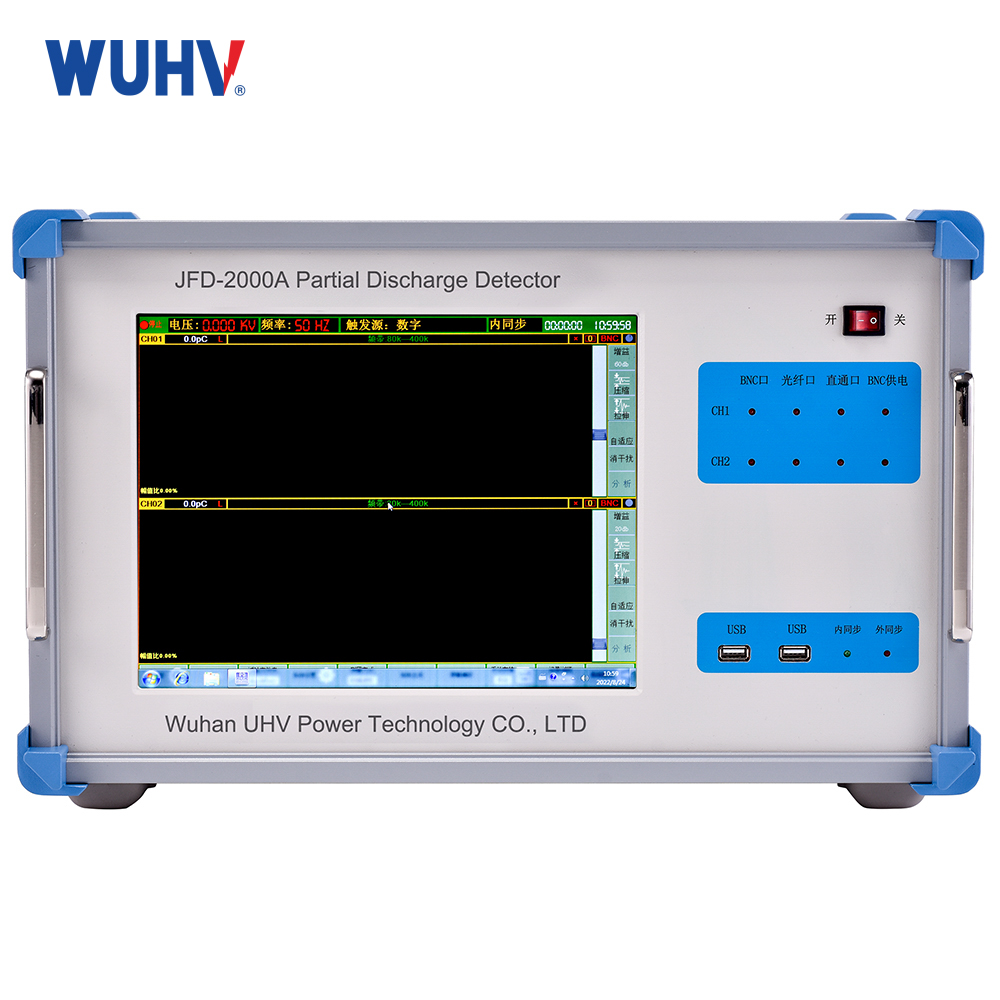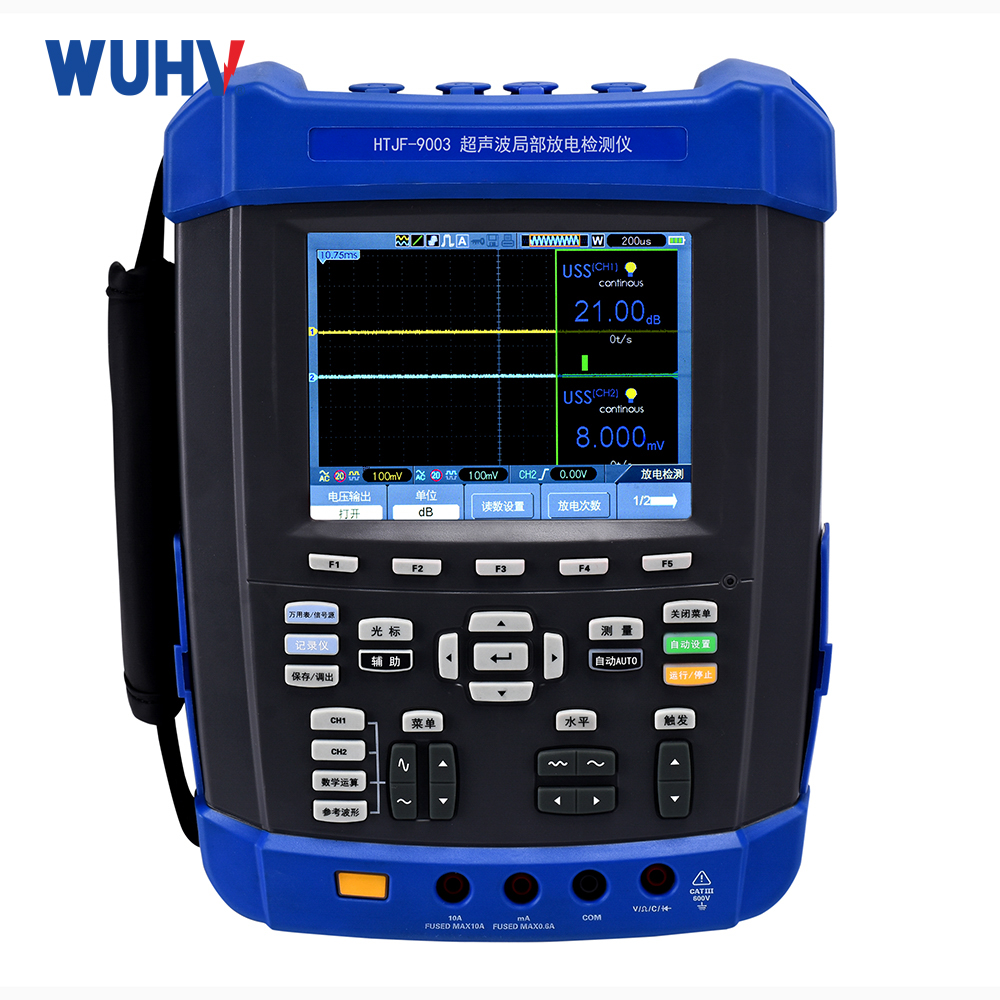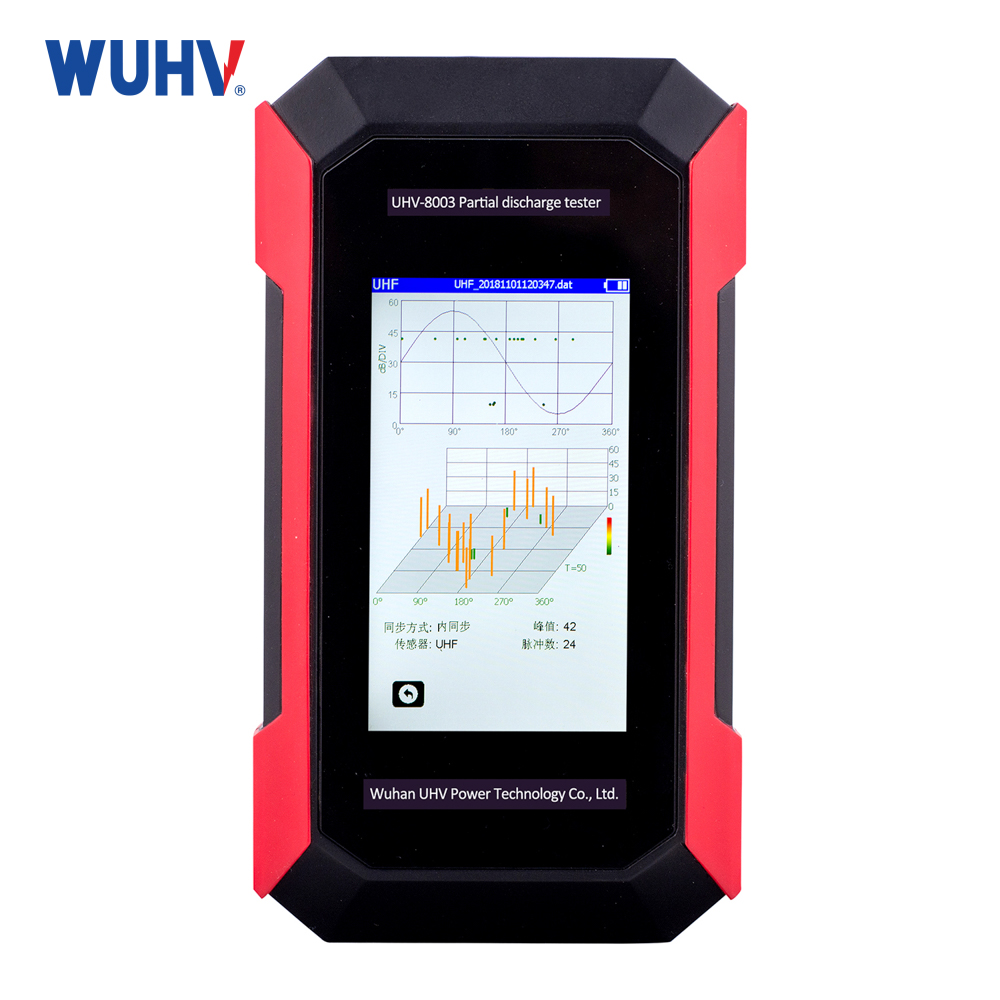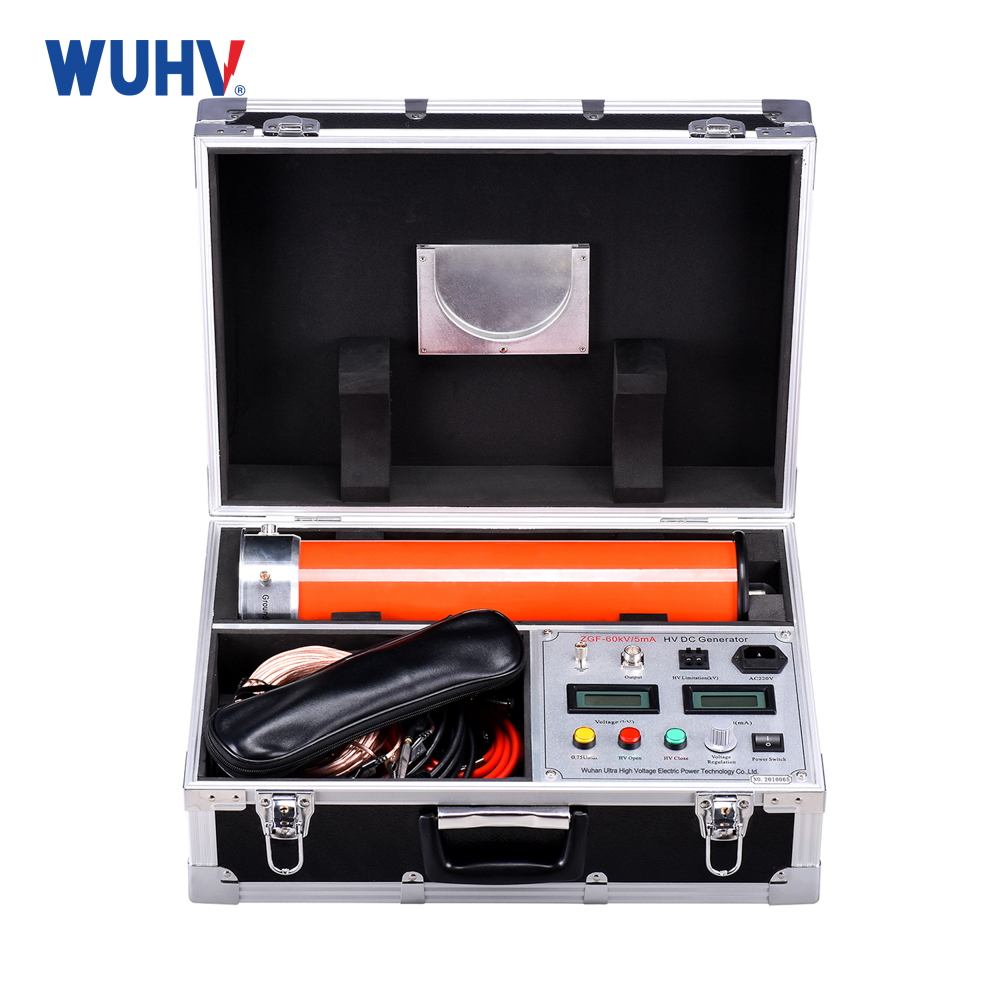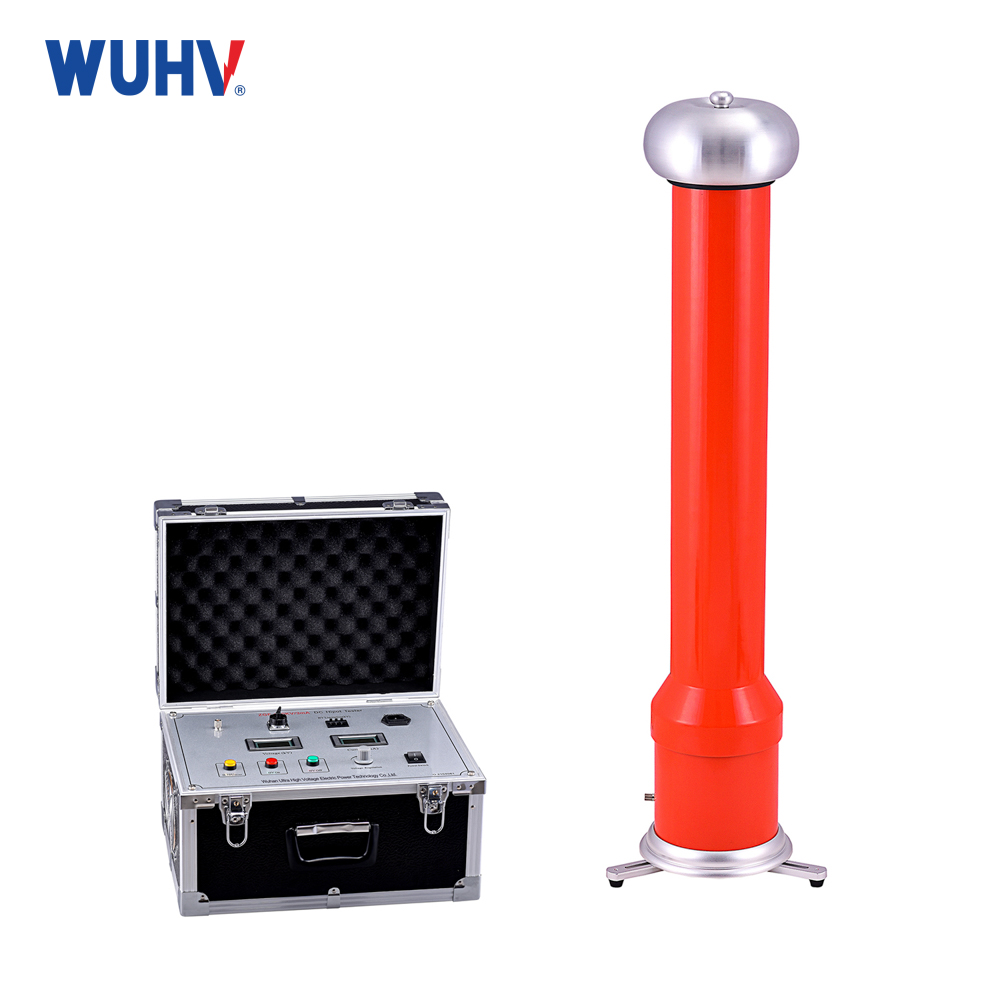The cable fault testerunder UHV power can help many power workers conduct various power tests more conveniently.
With the continuous updating of cable fault detector technology, the positioning accuracy of cable fault detectors is also increasing. At present, there are two commonly used detection techniques for cable detection equipment: low-voltage pulse method and multi pulse method. So what is the difference between low voltage pulse and multi pulse of cable fault detector?
In the actual work process of cable fault detection and testing, cable faults are generally dominated by high resistance faults and low resistance faults. The low-voltage pulse method and flash method in the pulse method solve low resistance and high resistance cable faults with high accuracy and are not affected by human factors. Therefore, it has become the main application method for power cable fault detection and testing. The working principle of the low-voltage pulse method for power cable faults is to inject low-voltage pulse waves at the cable testing end, propagate the pulse waves along the cable to the fault point, generate reflections, and send them back to the fault point. Cable fault tester. Record the time interval between the emitted pulse wave and the reflected pulse wave together.
The principle of multi pulse testing has been developed based on low-voltage pulse detection technology. In addition to all the advantages of the secondary pulse method cable fault tester, the advanced feature is that the fault waveforms obtained from on-site testing provide operators with more choices. In order to obtain the ideal secondary pulse waveform, the delay time of the test pulse is no longer constantly adjusted during the testing process, reducing the technical and experience requirements for the operator. Improve the accuracy of on-site fault diagnosis. Anyone can easily and accurately interpret waveforms, calibrate fault distances, and achieve fast and accurate cable fault testing.


